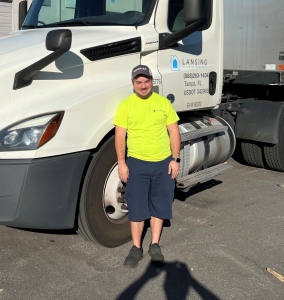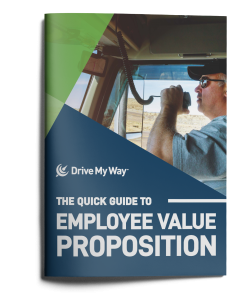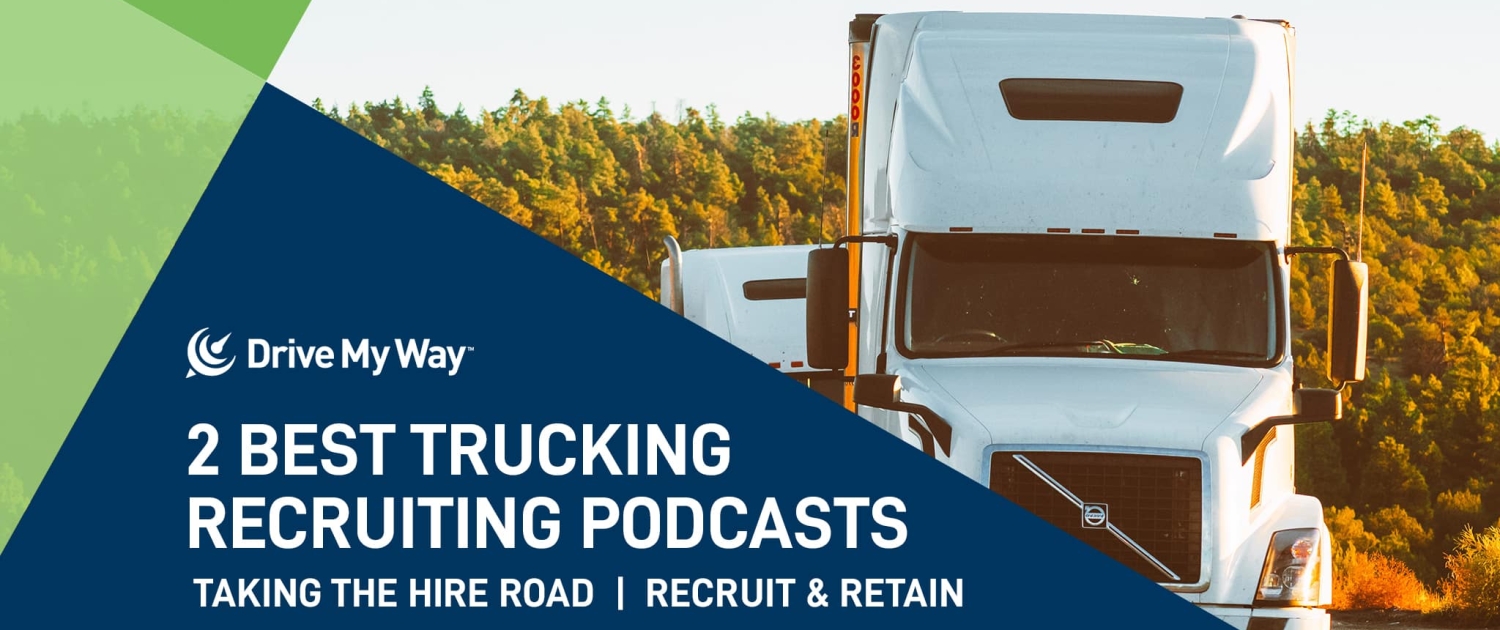 You’re a truck driver on the lookout for a new job and want to start earning money as quickly as possible. You’ve narrowed down your choices between Carrier A and Carrier B. Both are similar in pay and home time. The only difference is that Carrier A wants to bring you in for one interview and a road test within the next week, while Carrier B wants to schedule multiple interviews two weeks apart and has their next orientation scheduled five weeks from now.
You’re a truck driver on the lookout for a new job and want to start earning money as quickly as possible. You’ve narrowed down your choices between Carrier A and Carrier B. Both are similar in pay and home time. The only difference is that Carrier A wants to bring you in for one interview and a road test within the next week, while Carrier B wants to schedule multiple interviews two weeks apart and has their next orientation scheduled five weeks from now.
Which carrier would you sign with? This is why time to hire is such an important metric when recruiting truck drivers.
Simply put, time to hire is how long it takes a company to hire a candidate, from their first contact with them all the way to the candidate accepting the offer of employment.
Among other things, time to hire is indicative of both the efficiency of your recruiting team and the candidate’s experience. That’s why HR and recruiting professionals put such an emphasis on it.
Everyone knows that having a quick time to hire is good, but how do you achieve that? Here are 5 ways to speed up your hiring process.
1. Structure Your Hiring Process
 Structing your hiring process is the first step in improving your time to hire. Having a disorganized approach to hiring means that things will fall through the cracks, including quality driver candidates.
Structing your hiring process is the first step in improving your time to hire. Having a disorganized approach to hiring means that things will fall through the cracks, including quality driver candidates.
As a team, come up with a strict procedure for how to process applications, contact candidates, interview them, keep track of documentation, and eventually onboard drivers.
Consider utilizing an ATS (Applicant Tracking System) that keeps track of everything related to your job postings and candidates in the hiring funnel. An ATS can also automate certain tasks like posting jobs, texting candidates and scheduling interviews.
2. Avoid Redundant or Lengthy Applications
 Have you ever filled out an application on a job board only to find out that you now needed to go to the company’s website and do it all over again? If so, you probably weren’t too happy. Maybe it stopped you from applying to the job altogether. Truck drivers feel the same way.
Have you ever filled out an application on a job board only to find out that you now needed to go to the company’s website and do it all over again? If so, you probably weren’t too happy. Maybe it stopped you from applying to the job altogether. Truck drivers feel the same way.
According to data gathered by CareerBuilder,
“Employees say an application that is difficult or confusing to complete (42%), or one that takes too long to complete (31%), would cause them to give up before submitting.”
If you’re noticing a lot of drivers are abandoning your applications, think about cutting out some of the more in-depth questions so that the application is just the need-to-know information.
On the flip side, having an application that doesn’t collect enough information from drivers isn’t good either. In that scenario, you’ll keep having to reach out to drivers asking them for information that could have just been in the application. Having multiple touchpoints like these will increase your time to hire and give drivers the impression that your carrier is disorganized.
3. Have a Better Job Posting
 A driver who’s looking for a job sees hundreds of job postings every day. What makes yours special enough for them to stop scrolling and click on it?
A driver who’s looking for a job sees hundreds of job postings every day. What makes yours special enough for them to stop scrolling and click on it?
Just like with your applications, job postings should be concise and to the point. You never want a driver to look at your job posting and not find an answer to critical questions like pay, home time, or type of run. Don’t use flowery language or unnecessary jargon to beef up the word count either. That’s a great way to lose a driver’s attention quickly.
Here’s an example of a free job description template that many Drive My Way clients have found success with. Remember, keep only the necessary, but all of the necessary.
4. Avoid Excessive Contact with Drivers
 Just like with the application process, having excessive interviews is a sure-fire way to lose top driver candidates. It’s probably not necessary for a driver to interview with three people in three separate departments for a traditional OTR position. Instead, have candidates only interview with decision makers in the hiring process, and try to schedule interviews within a week of talking with a driver.
Just like with the application process, having excessive interviews is a sure-fire way to lose top driver candidates. It’s probably not necessary for a driver to interview with three people in three separate departments for a traditional OTR position. Instead, have candidates only interview with decision makers in the hiring process, and try to schedule interviews within a week of talking with a driver.
If you’ve got a candidate with a great attitude and good safety record, it’s best to try and get them into orientation as quickly as possible. Otherwise, another company is sure to do it first.
5. Look at the Right Candidates
 There’s nothing that slows down the hiring process more than sifting through hundreds of applications that don’t come close to meeting the minimum criteria for the position. It’s a waste of time that could be better spent interviewing and hiring the right candidates.
There’s nothing that slows down the hiring process more than sifting through hundreds of applications that don’t come close to meeting the minimum criteria for the position. It’s a waste of time that could be better spent interviewing and hiring the right candidates.
Drive My Way’s patented and proprietary software matches drivers to your job based on their professional qualifications and personal lifestyle preferences. This means that you’re only spending time talking to drivers who are both qualified and interested in your jobs.
While it may seem like there’s a lot that goes into improving your time to hire, it all comes down to two important things; organizing your process and cutting anything unnecessary out of it. Do this, and you’ll see an improvement in your time to hire in no time.

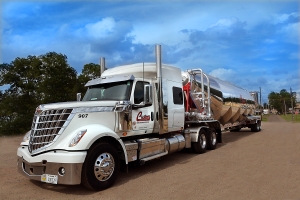 Custom Commodities Transport Partners with Drive My Way for Success
Custom Commodities Transport Partners with Drive My Way for Success
 The trucking industry is years into the “Driver Shortage”, and carriers are still having a difficult time hiring and retaining top talent. Drivers now have a lot of options for which carrier they work for, and they’re choosing to work for ones that have a proven track record of listening to their drivers.
The trucking industry is years into the “Driver Shortage”, and carriers are still having a difficult time hiring and retaining top talent. Drivers now have a lot of options for which carrier they work for, and they’re choosing to work for ones that have a proven track record of listening to their drivers. Driver feedback can help carriers solve the two biggest problems facing trucking right now: recruiting and retention.
Driver feedback can help carriers solve the two biggest problems facing trucking right now: recruiting and retention.
 Putting up a suggestion box in the break room probably won’t be enough to get the kind of feedback your carrier needs to really make a difference. You’ll want to create multiple avenues for drivers to share their thoughts.
Putting up a suggestion box in the break room probably won’t be enough to get the kind of feedback your carrier needs to really make a difference. You’ll want to create multiple avenues for drivers to share their thoughts. 








 You’ve probably heard the phrase “driver-centric” a lot over the past few years. It’s become a popular term in the transportation industry, especially when carriers describe their culture to truck drivers. But what does it mean? Simply put, being driver-centric means putting your drivers at the heart of every decision your company makes. A lot of trucking companies may say they have this kind of culture, but what does it really take to be driver-centric?
You’ve probably heard the phrase “driver-centric” a lot over the past few years. It’s become a popular term in the transportation industry, especially when carriers describe their culture to truck drivers. But what does it mean? Simply put, being driver-centric means putting your drivers at the heart of every decision your company makes. A lot of trucking companies may say they have this kind of culture, but what does it really take to be driver-centric? 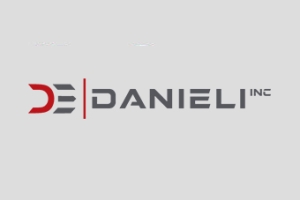 “We’ve implemented many programs such as V.I.P. bonus programs, driver of the quarter awards,
“We’ve implemented many programs such as V.I.P. bonus programs, driver of the quarter awards, 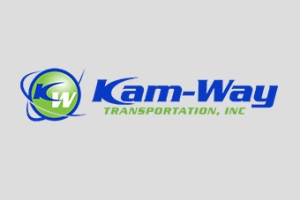 “It’s important for us to share our company culture either by conversation or through social media in order to allow potential drivers to see the value in our company. Transportation has a special place in many of our hearts, and our hope is that drivers seeking employment with us feel that fondness towards the industry. Many of our office team members have been in the transportation business for many years. Allowing that expertise to shine through is just one of the many ways our company culture can positively impact anyone looking to join our team,” shared the Kam-Way Recruiting Team.
“It’s important for us to share our company culture either by conversation or through social media in order to allow potential drivers to see the value in our company. Transportation has a special place in many of our hearts, and our hope is that drivers seeking employment with us feel that fondness towards the industry. Many of our office team members have been in the transportation business for many years. Allowing that expertise to shine through is just one of the many ways our company culture can positively impact anyone looking to join our team,” shared the Kam-Way Recruiting Team. 





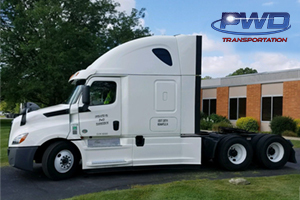 PWD Partners with Drive My Way for Success
PWD Partners with Drive My Way for Success


